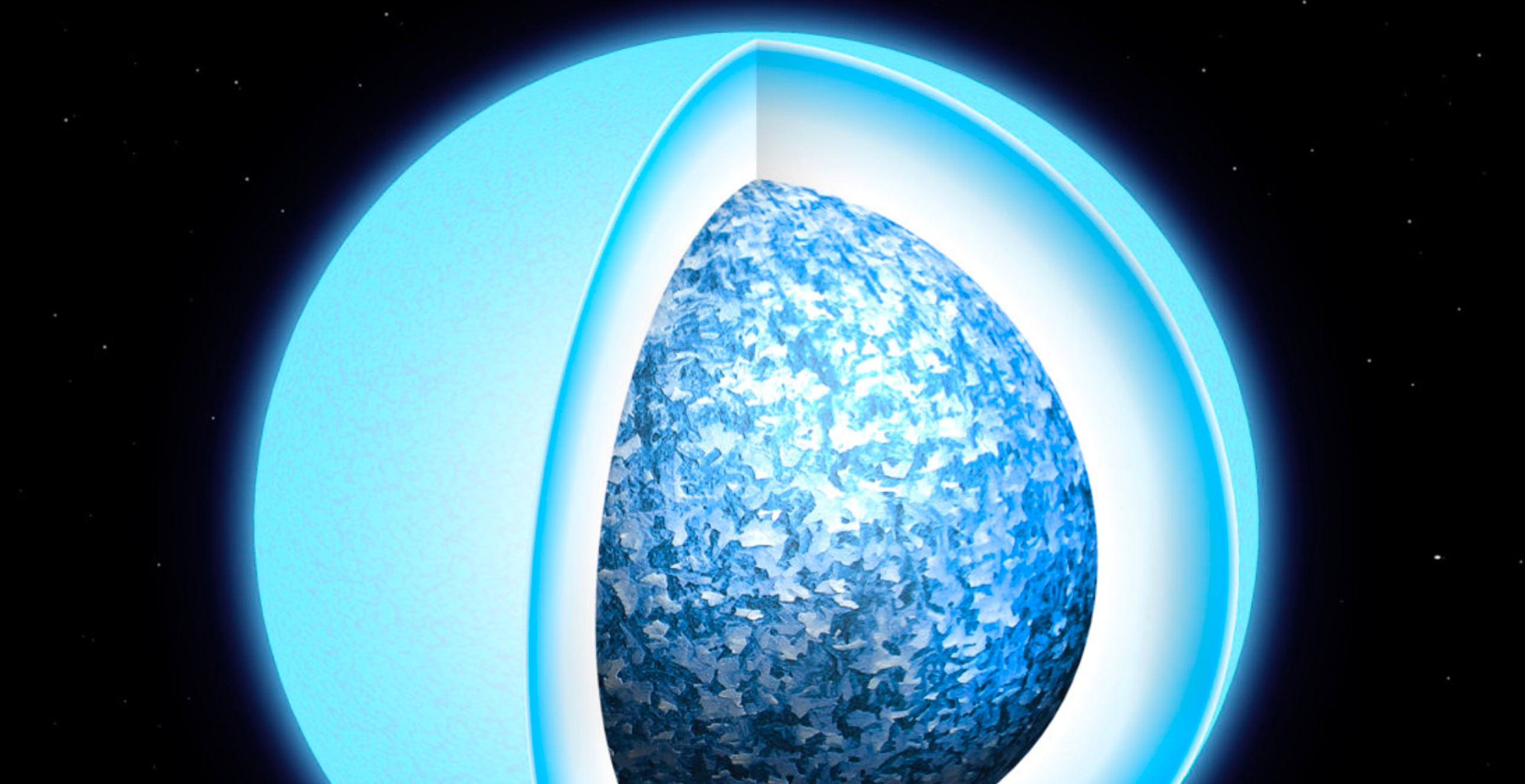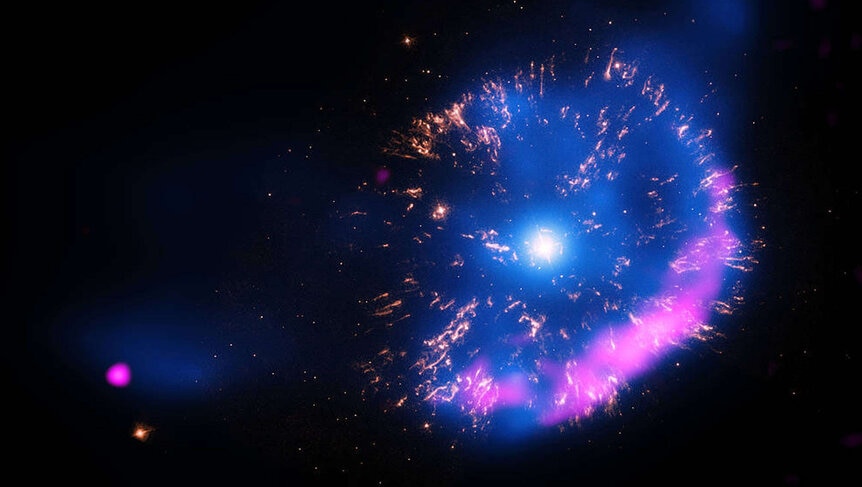Create a free profile to get unlimited access to exclusive videos, sweepstakes, and more!
This Star Is Transforming into a Gigantic Cosmic Diamond
Before our very eyes... well, telescopes.

Any opportunity to see Willem Dafoe on screen is a treat; an opportunity to see him chew the scenery (such as it is) locked alone in a room, that’s a special treasure not to be cast aside. Inside (streaming now on Peacock) sees Dafoe as an art thief named Nemo, who breaks into the homes of the wealthy to steal priceless works of art. One day, Nemo poses as a workman to get inside a penthouse apartment. He’s searching for three specific works when an alarm system is triggered and the penthouse locks down, trapping him inside.
With his mental and physical strength waning, Nemo may have considered that his first and biggest mistake was looking Earth-side for loot. All of the best treasures are in space. Recently, for the very first time, astronomers sighted a massive cosmic diamond the size of a moon, in the process of forming. That’s according to a new study from researchers in Australia, Canada, the United States, and the United Kingdom, posted to the preprint database ArXiv and accepted for publication in the Monthly Notices of the Royal Astronomical Society.
Making Cosmic Diamonds
If you want to find one of the universe’s crown jewels, you’ll first need to find a Sun-like star. There’s one pretty close to us, only about 93 million miles away, but it’s got another 5 billion years or so before it starts winding down and stars only become diamonds once they’re dead. Besides, once the Sun starts dying, we’ll have larger concerns than treasure hunting. However, if we can stick around that long, we’ll be treated to one of the most glamorous transformations in all of existence.
RELATED: Two Zombie Stars Are Eating Their Companions and Creating Cosmic Chaos
When a Sun-like star reaches the end of its life and can no longer fuse material in its core, it sheds its outer layers leaving only the dense core behind. That core is what’s known as a white dwarf. It’s no longer a star in the traditional sense; it isn’t fusing any material to generate new energy, but it is carrying a lot of heat which will take a long time (trillions of years or longer) to radiate away.
Eventually, if a white dwarf’s core is made mostly of carbon and oxygen, it will cool and crystallize into a diamond the size of a moon. However, as previously mentioned, the process takes a long time. Sun-like stars live for billions of years, and the crystallization process takes even longer. Astronomers suspected that these sorts of transformations should happen, but believed we were way too early in the universal timeline to see them.
An Astronomical Treasure Map
Despite the assumption that cosmic diamonds wouldn’t exist for at least several billion more years, astronomers have calculated the signature of a crystallizing white dwarf and have used that signature to identify a candidate shockingly nearby.
RELATED: Yes, Cinderella, diamond planets really could exist
Roughly 104 light-years from here (32 parsecs), there is a dead star called HD 190412 C. It is one of four stars in a gravitationally bound star system called HD 190412 and it appears to be in the early stages of becoming an Infinity Stone. Surface temperatures of the white dwarf are estimated at 11,420 Fahrenheit (6,300 Celsius), consistent with the temperature of a crystallizing white dwarf. Astronomers were also able to use the nearby associated stars to estimate the amount of metal remaining in the white dwarf’s core, to make sure it has the right ingredients.
The results hinge on precise measurements of distance. Temperature is calculated as a function of size, brightness, and distance. So, if the star is actually closer or farther away than we think, then the calculations will need to be refigured. As it stands, our current models of HD 190412 C are consistent with what we would expect to see from a star making its final metamorphosis into the gaudiest piece of jewelry ever created. Perhaps even more exciting, the discovery of a cosmic crystal so near to us suggests that they may be even more common than we expected. There’s plenty of loot out there, we just need to find it. Somebody tell Nemo.
Catch Inside, streaming now on Peacock!















